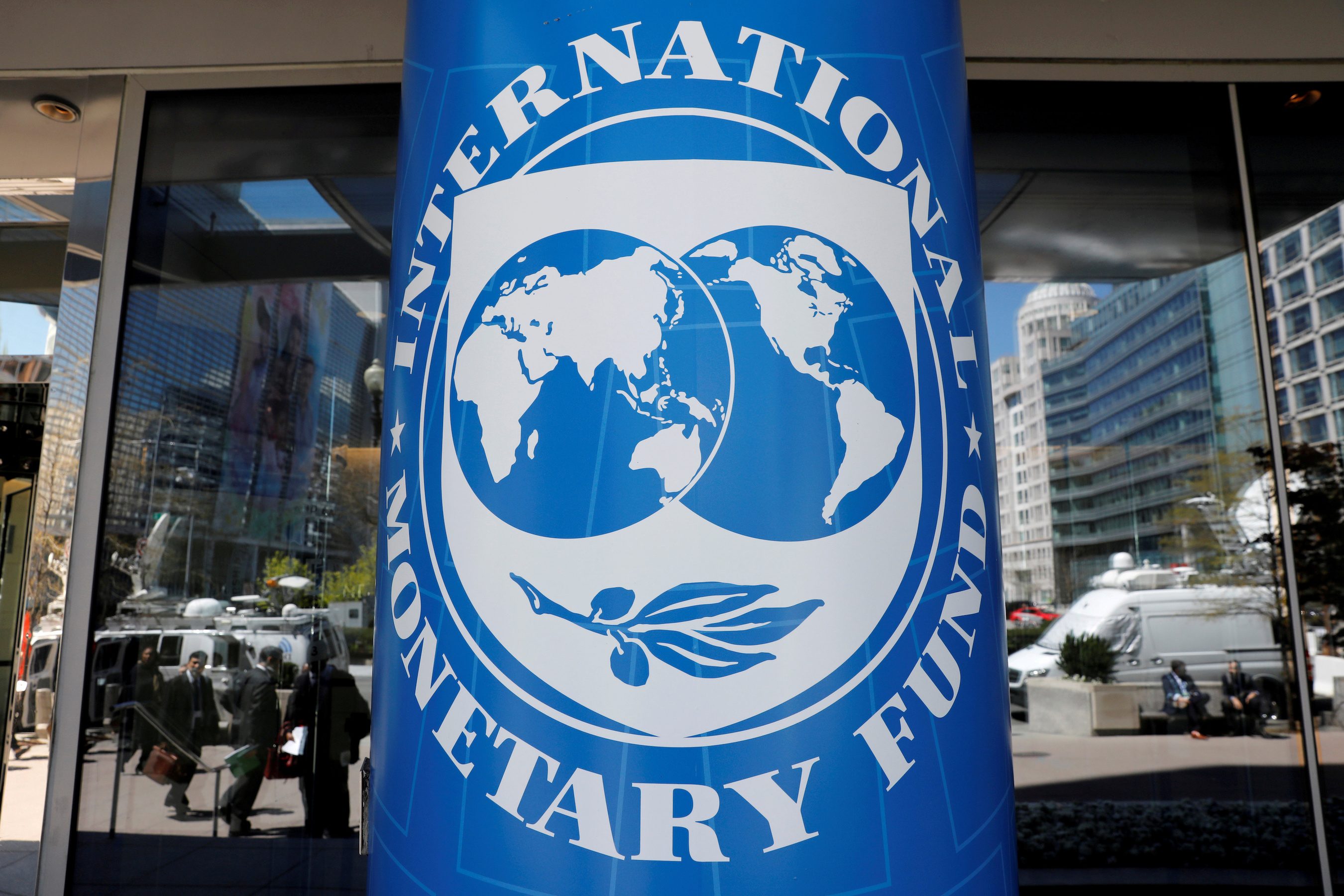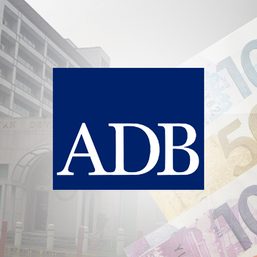SUMMARY
This is AI generated summarization, which may have errors. For context, always refer to the full article.

The International Monetary Fund (IMF) said on Wednesday, February 3, it is launching a new method of assessing debt sustainability for countries with access to financial markets to more accurately predict risks of financial crises and improve transparency.
The update of the debt assessment methodology, the first since 2013 in the wake of a European sovereign debt crisis, is expected to be operational by the 4th quarter of 2021 or the 1st quarter of 2022, IMF officials said.
Assessing a country’s debt sustainability has always been “more art than science,” and the new system aims to inject a bit more science into the process, Jeromin Zettelmeyer, deputy director of the IMF Strategy, Policy and Review Department, told a Web briefing.
He said the IMF has revised its modeling of debt-related factors to provide “a more accurate framework that allows us to warn about or predict crises and unsustainable and sustainable debts.”
Loan test
The assessments are important because they help determine how much a country can borrow and still meet the IMF’s stringent requirements that its debt does not fall into an unsustainable situation. For example, the IMF has been reluctant to grant a bailout program to Lebanon until the country’s existing debts are put on a sustainable path, among other factors.
The current assessment method provides multiple indicators of potential danger areas for countries but leaves a lot of discretion for IMF staff to judge them, Zettelmeyer said. New tools and models will combine these into a statistically sound, “mechanical sustainability assessment” that will be more transparent, he added.
The new methodology also aims to better assess a country’s ability to service its gross financing needs, through liquid resources, potential new revenue streams, and the robustness of its domestic financing markets, said Manrique Saenz, a deputy division chief in the Strategy, Policy and Review Department.
For countries dependent on natural resources, it will aim to better assess climate change and future shifts in demand for fossil fuels. It also aims to better capture the debt sustainability of state-owned enterprises, in both financial and non-financial sectors.
The IMF said the new debt assessment framework was developed after extensive consultations with external stakeholders, market participants, ratings agencies, academics, the European Union, and the European Central Bank. – Rappler.com
Add a comment
How does this make you feel?
![[OPINION] Fossil fuel debts are illegitimate and must be canceled](https://www.rappler.com/tachyon/2024/04/IMHO-fossil-fuel-debt-cancelled-April-16-2024.jpg?resize=257%2C257&crop_strategy=attention)



![[In This Economy] Brace yourselves for more deficits, debt](https://www.rappler.com/tachyon/2023/09/TL-Brace-yourselves-deficit-debt-September-29-2023.jpg?resize=257%2C257&crop=241px%2C0px%2C720px%2C720px)
There are no comments yet. Add your comment to start the conversation.